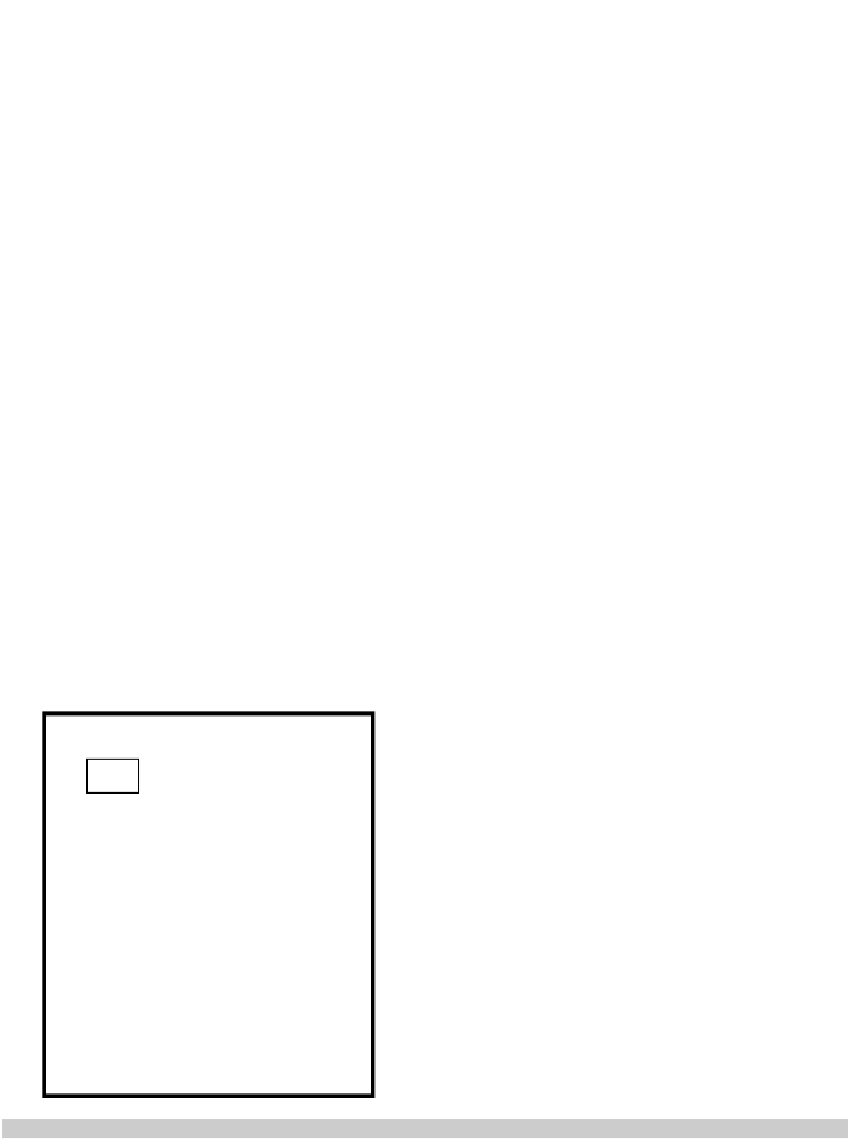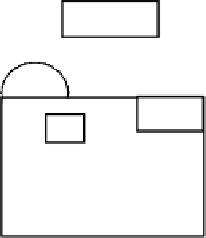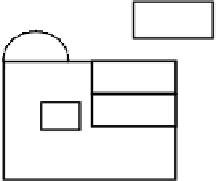Java Reference
In-Depth Information
for
In
. Instead, they contain a variable
In
that contains the name
Out$In
of a file
drawer. This name is chosen to indicate where the file drawer for class
In
really
belongs —inside objects of class
Out
. As can be seen, drawer
Out$In
contains
the contents of all of
In
's drawers in the inner-class view. Note that the name of
the class in each instance is given as the name of the file drawer.
In the flattened view, we have lost the information that instance
a1
occurs
not only within
In
's file drawer but also within instance
a0
. To recover this infor-
mation, each instance of
In
has a “scope box”, which contains this information.
The two objects of class
In
,
a1
and
a3
, both contain a scope box.
Finally, the flattened view does not contain the information that each draw-
er of
In
is contained in
Out
's file drawer. To recover this information, we place
a scope box in the upper right corner of
In
's file drawer.
The question may arise whether the flattened view is really a suitable model
of memory for inner classes. To convince yourself that it is, simply convince
yourself that you can unambiguously create the flattened view from the original
view and the original view from the flattened view. If this is the case, they have
the same information, and either view can be used.
Java uses essentially the flattened view for inner classes. You can see this for
yourself. Start your IDE and set it to create a folder of the compiled classes
instead of a jar file. In the folder of compiled classes you will see a file
Out$1.class
, which contains the information about inner class
In
. We have
chosen the name
Out$In
instead of
Out$1
to make it more understandable.
Out
's file drawer
a0
x
...
Out
In
's drawer, named
Out$In
y
Out
meth()
a1
a3
In
Out$In
Out$In
Out$In
a0
a1
z
z
a2
meth2()
meth2()
Out
y
meth()
In
Out$In
Figure 12.19:
The flattened view of an inner class












Search WWH ::

Custom Search